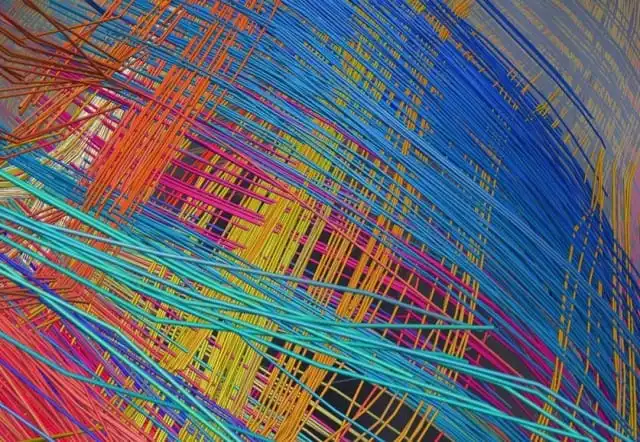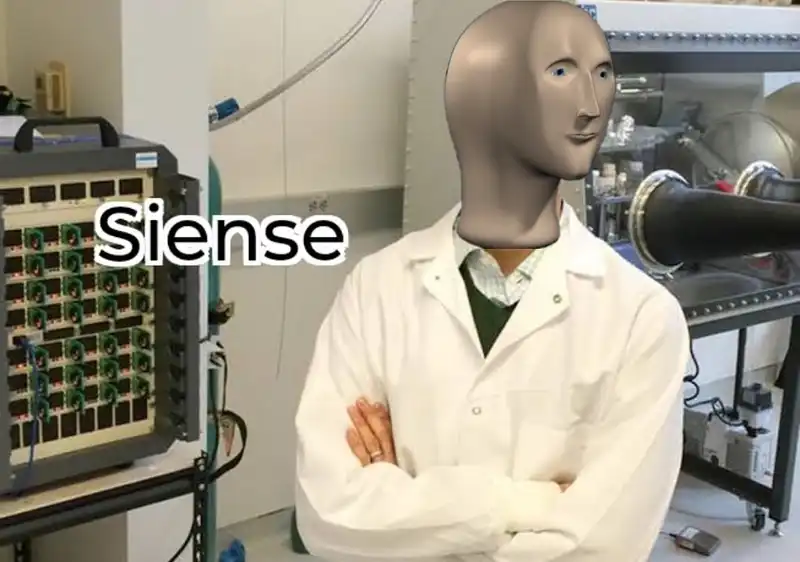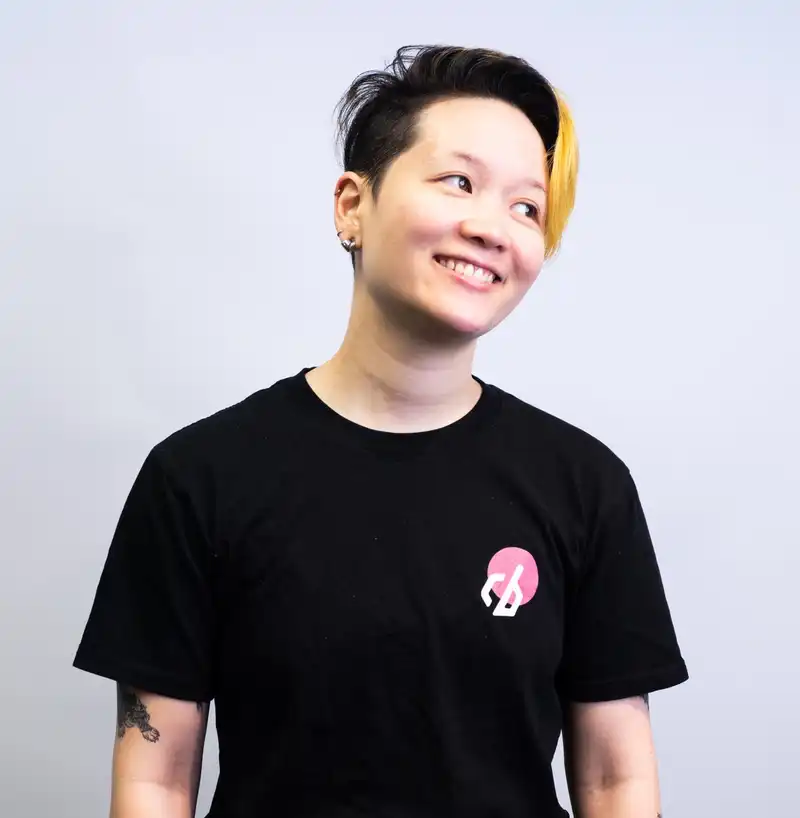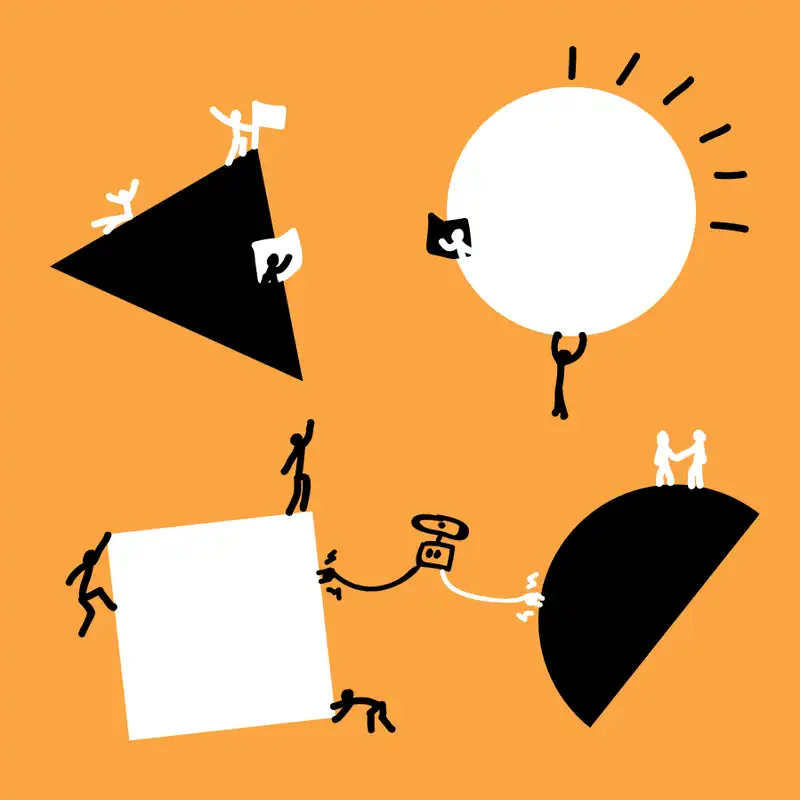It is often easy to dismiss the relevance of this question, particularly if we don’t consider ourselves as ‘scientists’ in the traditional sense. However, in an age dominated by the spread of misinformation (I am sure you are well acquainted with the term ‘fake news’), it is crucial to remember the pursuit of truth is what lies at the heart of the scientific endeavour. As we embark on this journey of discovery, we should always be asking ourselves the following - How do we know what is true? Who and what should we trust?
The implications of ‘truthiness’ and pattern recognition
Stephen Colbert was the first person to coin the now notorious term ‘truthiness’, that is “the quality of seeming to be true according to one’s intuition … without regard to logic (or) factual evidence.” As cognitive psychologist Eryn Newman put it, succumbing to the effects of ‘truthiness’ is often how even smart, sophisticated people can go awry on questions on fact. Naturally, we assess the credibility of any information we absorb depending on how well it adheres to our existing belief structures. When we are filled with a sense of comfort, familiarity and trust, we are more likely to affirm its accuracy, whether or not we should.
This idea that biases can emerge depending on how we internally process and organise some piece information, regardless of the information itself, has long been known. Whenever we consider something new, we have a natural tendency to reconcile this information with other pieces of existing information recalled from our own subconscious. Humans manifested pattern recognition early in mankind as we attempted to make sense of the world around us. Neil DeGrasse Tyson explored this in Cosmos, stating that “the human talent for pattern-recognition is a two-edged sword: We’re especially good at finding patterns, even when they aren’t really there – something known as false pattern-recognition.”
When it comes to the very nature of human cognition, there exists a pattern-recognition theory in which its basic unit is the cortical mini-column; otherwise acting as a pattern recogniser in our minds, as opposed to the neuron. Swiss neuroscientist Henry Markham found that the basic architecture of cortical columns forms a relatively ordered, grid-like structure. He speculated “[these assemblies] serve as innate, Lego-like building blocks of knowledge for perception and that the acquisition of memories involves the combination of these building blocks into complex constructs.” Under to this theory, learning is merely a matter of connectivity between highly uniform pattern recognisers; as we learn and experience new things, the connectivity between these modules ultimately evolves over time.

MRI imagery of the lattice-like grid of neuronal pathways in the neocortex, from a National Institutes of Health study: http://www.extremetech.com/extreme/133651-first-map-of-the-human-brain-reveals-a-simple-grid-like-structure-between-neurons
As scientists, be it in a strict or loose sense, we must always be wary of mistakenly perceiving connections and meaning between unrelated things. Rather, the foundation of our mission to advance our understanding of the world should never lie on forming reasoning based on empirical and measurable evidence.
The scientific method
Dating back to the 17th century, the scientific method represents the construction and verification of empirically-grounded theory, otherwise seen as a methodological approach to the process of inquiry. At its core, it involves applying rigorous skepticism to things we observe, given how cognitive assumptions can be distortive by their nature.
At Codebots, one of our core values is ‘scientific but not heartless.’ We are constantly surrounded by rules and boundaries throughout our daily lives, and it is ultimately our job to search, explore and experiment in pursuit of discovering new boundaries. This is at the heart of scientific philosophy; an experiment is a scientific procedure undertaken to to make a discovery, test a hypothesis, or demonstrate a known fact. If we are going to discover new boundaries, we must embrace science and make measured judgements.

What is knowledge, and how is it obtained? This very question is no different to the root problem in science, being the question of how we obtain reliable information on the nature and properties of the real world, whatever that world may be. Considered by physicist Brian Jennings, “the scientific method does not lead to sure and certain knowledge but rather to approximate and tentative, but never-the-less useful, knowledge.”
The most significant applications of science
I’m sure you already appreciate the profound importance of science to society as a whole, from the development of vaccines that are critical for battling a pandemic, to advances in computer technology have allowed you to read this article on your device today. The application of scientific knowledge continues to improve our living standards and satisfy our basic needs, as it continues to shape the world around us.
In a 2014 EMBO Report, ecologist Valentí Rull explored what he believed to be perhaps one of the most important application of science in the coming decades - education. He mentioned that in a general sense, “education serves to maintain the identity of human culture, which is based on our accumulated knowledge, and to improve the general cultural level of society.” In fact, according to Dr. Stuart Jordan, a retired senior staff scientist at NASA’s Goddard Space Flight Centre and board member at the Kertz Institute, widespread ignorance and superstitions remain “major obstacles to progress to a more humanistic world.”
Thanks to our nature as conscious beings, we humans have a fundamental thirst for knowledge, and science remains the best tool at our disposal to satisfy this craving.





